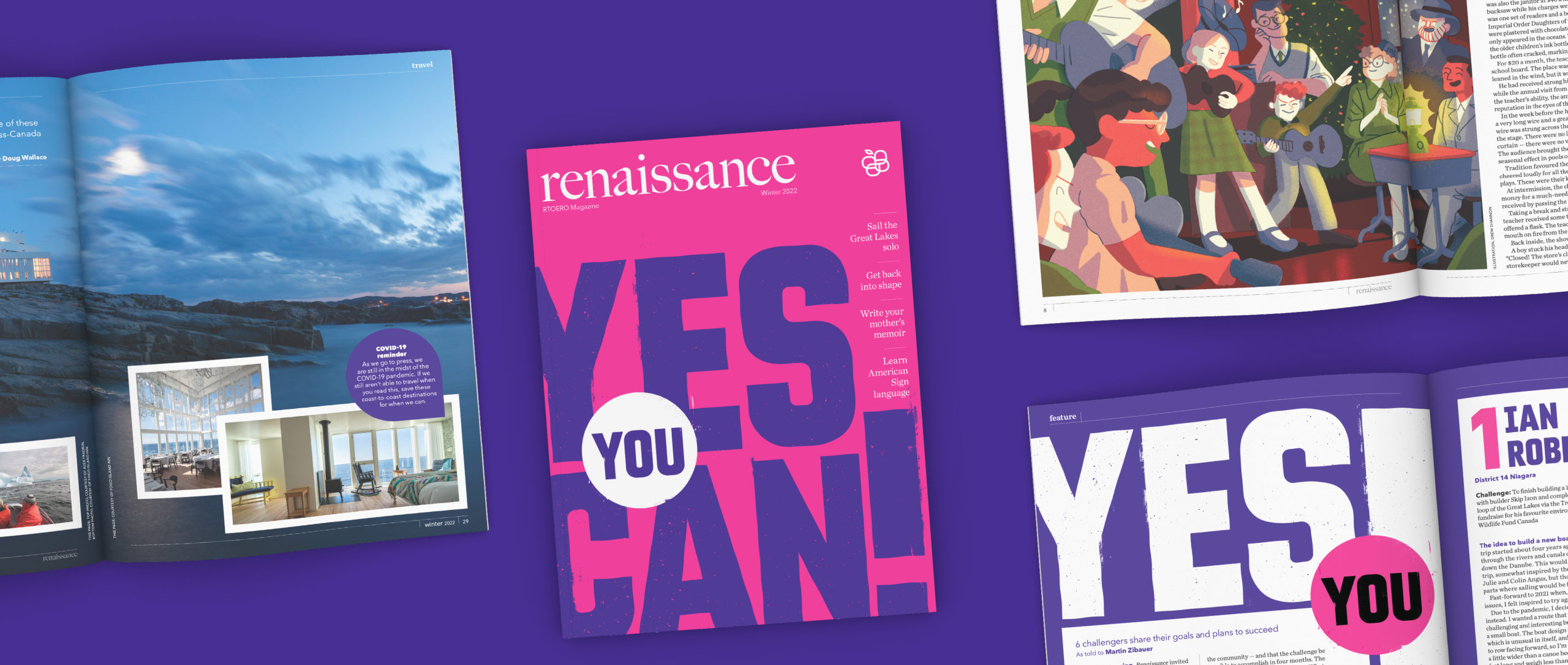Thank you so much for “Living her dream,” the wonderful story about my mother, ThéréseGagnier, in the Fall 2021 issue of Renaissance magazine. Congratulations to writer Pauline Duquette-Newman, who captured my mother’s determination to become a teacher — growing up on the farm during the Depression, studying in Ottawa during the war, teaching in schools in the early years with working conditions similar to those Émilie Bordeleau experienced in Les Filles de Caleb, the Radio-Canada series. At 98 years old, my mother still loves to be surrounded by children. The story is like a window into her life, and we are very grateful.
—Pierre Gagnier (District 27 Ottawa-Carleton)
My husband, Dan MacDonald (District 27 Ottawa-Carleton), passed me his copy of Renaissance this evening and exclaimed, “Aren’t you related to this family?” After reading the article about ThéréseGagnier, I forwarded photos of the story to my father, Daniel Gagnier, and asked him, “Isn’t this the farm Grandfather always went to?” His reply was an immediate yes. In fact, he had gone to the farm during harvest to help. My grandparents were Carl and Gisele Gagnier. I remember visiting relatives in Bourget, Ont., when I was young, with Collette Gagnier. What a wonderful surprise to reconnect.
—Laurie Gagnier
I am writing in response to the article “Crush time: Winery road trips” in the Fall 2021 issue. While I appreciate learning about wine districts across Canada, I am puzzled as to how such an article could be written with no mention at all of Niagara’s wine country! Your article talks about opportunities to “poke around the countryside,” and Niagara’s wine region offers many such opportunities by car or bike, or even on foot. Perhaps a listing of some of the lesser-known wineries might have been informative for your readers. Perhaps you are planning to highlight Niagara in a separate edition?
—ArdethStaz (District 14 Niagara)
I need to comment on the article “Passion for our planet” in the Fall 2021 issue of Renaissance. Please remember this approximate number: 3.95 billion. That number is half of the current population of humans on our planet. It took Homo sapiens over 200,000 years to reach that number and 48 years to double it. With that frightening fact, I hope you will reconsider the source of CO2 emissions, plastics, industrial waste, climate warming and loss of biodiversity. If we ignore that fact, we are doomed.
—Robert Sweet (District 15 Halton)
